There is so much good that happens when leaders take professional development seriously.
All in Higher Ed
Georgia Southern is ready for a region's rise
Midsize regional public universities are leading the way for a new generation of student who is ready for experience – marketing to them is about building a community they can’t wait to join
Revisiting college archives deepens storytelling strategies for El Camino College
The California institution worked with Stamats and D. White & Co. to bring a 75-year story to life – and connect its strategic dots to the big picture.
We're celebrating 10 years of Smaller. Smarter.
What looks like a weakness at first glance may be your brand’s hidden strength – if you can articulate its benefits with vision
"When We Say Smaller" Became a Big Deal
D. White & Co. is guilty of not looking back at our successes – even though we spend a lot of time researching other brand’s successes and failures. One of the biggest wins for our team came when Shelly and I worked at Texas Wesleyan University in 2016 – A little more than a year before DWCo. began.
48 – A Decade of Darren and Shelly
Shelly and Darren started working together as a creative team during their days on staff at Texas Wesleyan. We’re interviewing someone who has worked closely with both – our friend Rueben Gonzales, Visiting Assistant Professor of Art & Coordinator of the Bernice Coulter Templeton Art Studio.
46 – How to talk to your video people
Do you know what matters to your videographer – and how to work with them to get their best work? We talk to our own Supersubscriber Chuck Greeson – himself a seasoned video vet – about user-generated content, generating ideas, and college videos of students throwing frisbees under trees.
The Great Resignation Hits Higher Ed
This decade has been one big bummer for U.S. workers, and the data confirms it: Prudential’s “Pulse of the American Worker” survey claimed more than half would switch jobs if they could. The same report said 1 in 4 “plan to look for a new job post-pandemic.” So where does that leave higher ed designers?
45 – We stare directly into the science of brands
We hear about “data-driven” marketing and communications, but what does that really mean? Darren and Derek speak to a consumer behavior expert to better understand the science – and psychology – of higher ed brands.
44 – Learn PR Before Your Next Crisis!
Have you had a crisis recently at your university? Can you remember the last time you weren’t in a crisis? This episode is all about that important moment when your brand meets the public – and the public reacts.
43 – The Gumshoe's Guide To Higher Ed Brand Investigations
With all the discussions about tech, data, and predictive modeling we hear so much about in higher ed marketing, we thought it would be good to bring on an expert to discuss how you can get the right information from the right people at the right time.
42 – A Deadhead's Guide to Enrollment Marketing
When we started D. White & Company in 2018, we had a LOT of work to do. We needed some music that could keep us going for several hours without hitting skip. Somewhere along the way, we discovered Grateful Dead shows and the rest is recent history.
Why understanding tone is so important for higher ed marketers
Our three areas of focus at D. White & Co. are simple: Message, voice and tone. Message is what you say, voice is what you use to say it and tone is how you say it.
Campus brand feedback: Still good for everybody
Committees full of leadership, professors, staff, students and alumni are too busy picking brand work apart based on minute in-the-moment details in a way that ensures any collaborative brand efforts will explode on the launchpad.
Why good higher ed brands are RARE
So, what is brand message and how do you know if you have one? Look at your school’s marketing communications. Your brand message is what makes your school important to the reader’s life.
Learn how to conduct a listening session
The most valuable higher ed marketing training I ever received was as a journalist in a small Texas town. I interviewed city leaders and people that didn’t have two nickels to rub together. I learned how to (mostly) listen.
Manage these interactions to freeze melt
Logistics and higher ed professionals have nothing in common. Or do they? Logistics pros are managing handoffs like ours in higher ed marketing and enrollment management. The big difference? Logistics professionals nail consistency.
We're (safely) prepping some new video work
When Keiser University’s Jacksonville campus reached out to DWCo. and our Ad Visio video partner Siskey Productions, we knew being prepared for a great shoot would be essential.
The NFL draft goes virtual, Nacho Libre goes viral
That’s when things went viral. The video exploded on social media channels with more than 30,000 view combined.
Want marketing results? Do work worth talking about.
If your brand is just chipping in to say “hey, yeah, what they said,” you probably don’t have much of a message.




















